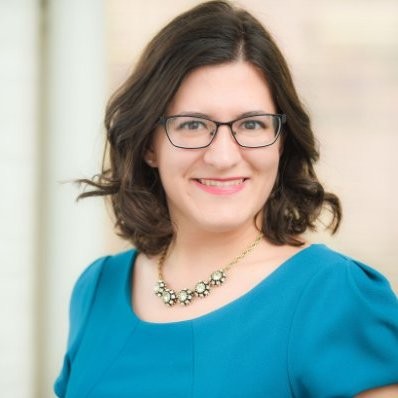Key to continuity of care a single doctor
Doc Brown might have been onto something. The way medicine used to be practiced could be the key to improving the future of healthcare delivery.
A viewpoint in the Journal of the American Medical Association (JAMA) found high-risk older adults could benefit from a physician who follows them during and after a hospital stay.
"Current care models and delivery systems frequently fail to meet the needs of high-risk older patients," the authors write. "Medicare beneficiaries with multiple comorbid conditions often receive poorly coordinated care, leading to frequent hospital and emergency department visits, increased rates of readmissions and suboptimal outcomes."
The authors claim outpatient care management models are widely adopted but with mixed success. They ponder how delivery might be redesigned to create continuity between inpatient and outpatient settings, which could improve quality, reduce costs and potentially eliminate layers of care management services.
"For many people, this approach may harken back to the age when their primary care physician came to the hospital to take care of them," says senior author Sachin H. Jain, MD, MBA and CareMore Health System chief medical officer in a press release. "In this case, however, organizations have built systems to ensure continuity of care."
"Delivery Models for High-Risk Older Patients: Back to the Future?" highlights two emerging delivery models at the University of Chicago Health System and CareMore Health Systems. Both models are distinguished by a single physician responsible for both inpatient and outpatient care.
CareMore has been able to reduce hospital lengths of stay by 31 percent from 5.3 days to 3.7 days as well as 30-day hospital readmissions from 20 to 14 percent.

Nicole was Senior Editor at I Advance Senior Care and Long Term Living Magazine 2015-2017. She has a Journalism degree from Kent State University and is finalizing a master’s degree in Information Architecture and Management. She has extensive studies in the digital user experience and in branding online media. She has worked as an editor and writer for various B2B publications, including Business Finance.
Related Articles
Topics: Clinical , Rehabilitation











